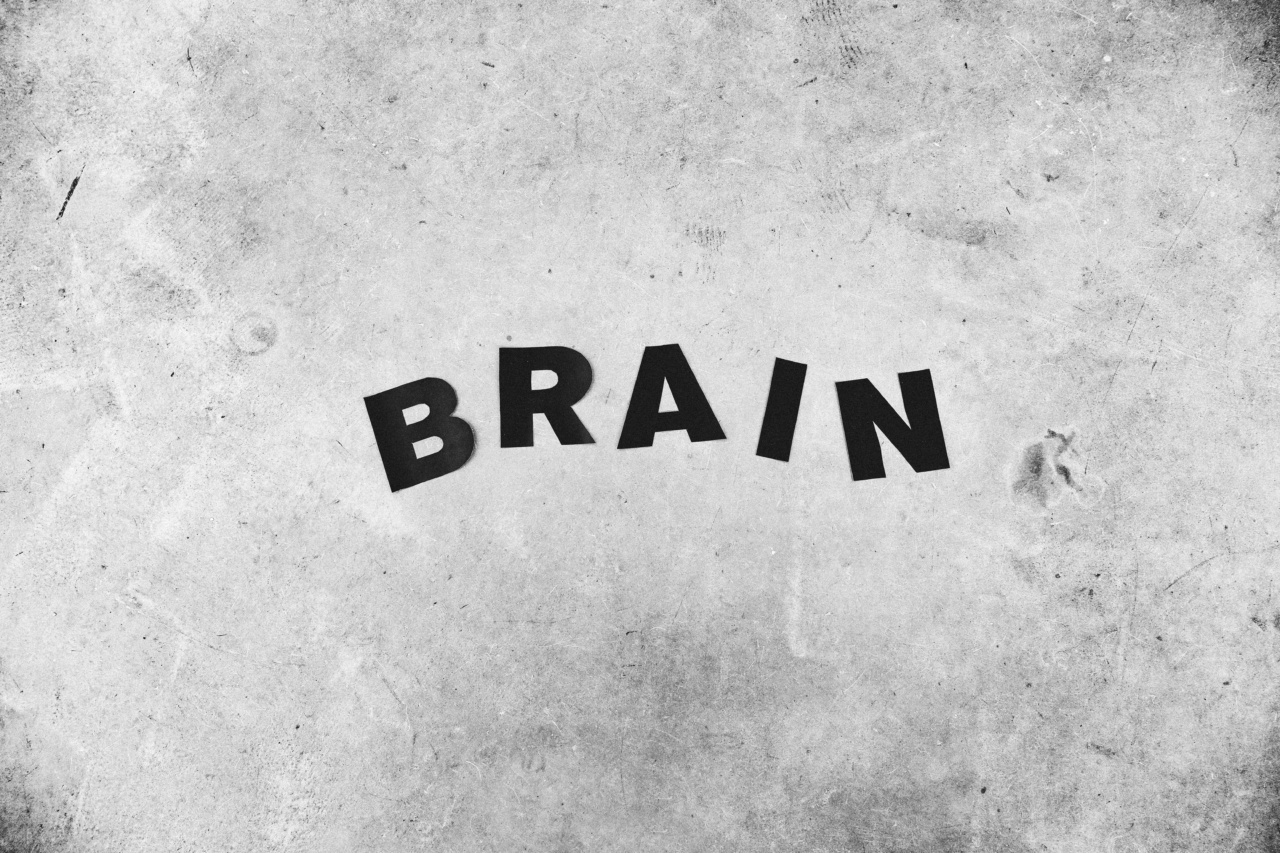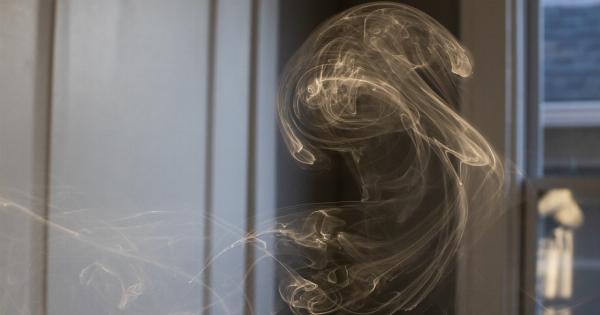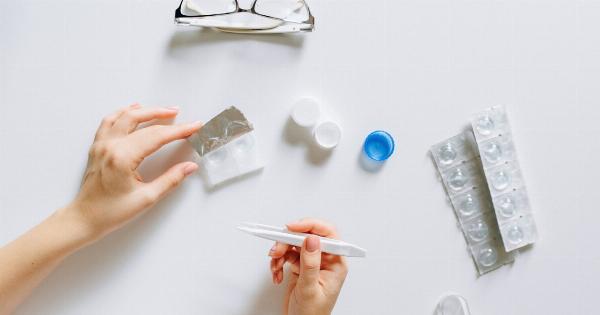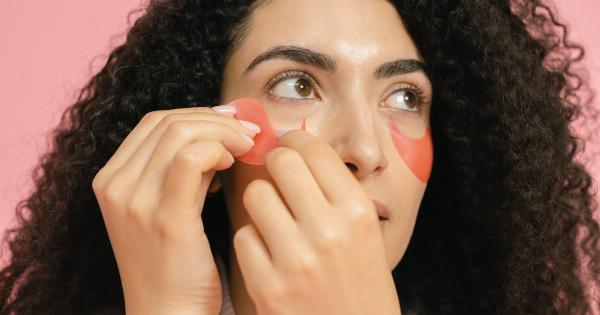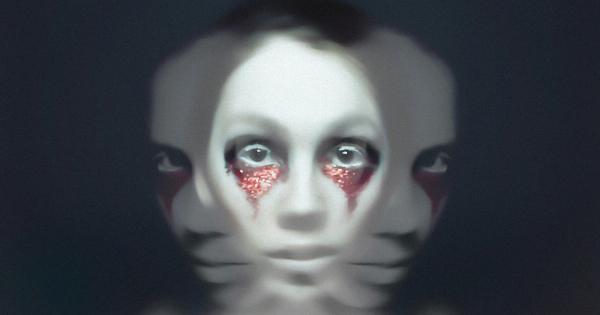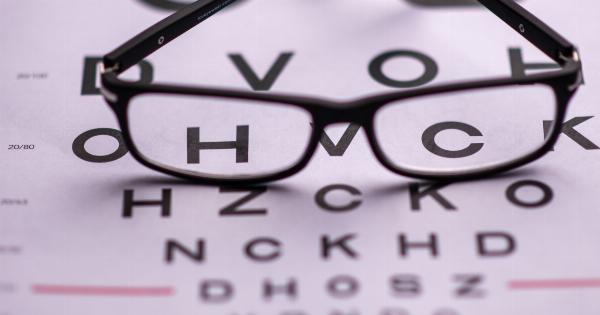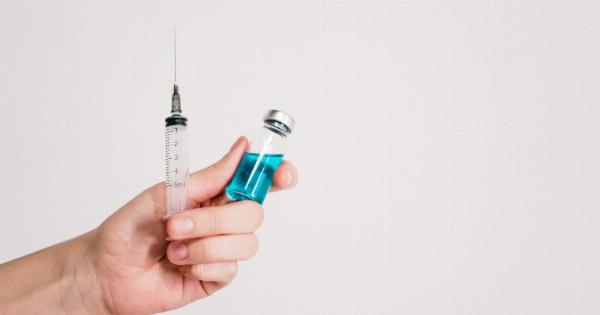Dry eye is a common eye problem that happens when your tear ducts don’t produce enough tears or when your tears evaporate too quickly, leaving your eyes dry and irritated. This can cause discomfort and even affect your vision.
In this article, we will explore the causes of dry eye and the available treatment options.
Causes of Dry Eye
Several factors can lead to dry eye, such as:.
Age
As we grow older, our bodies produce fewer tears, making it more likely to experience dry eye.
Hormonal Changes
Women who are pregnant, breastfeeding, or going through menopause are more prone to dry eye due to hormonal changes.
Environmental Factors
Exposure to dry air, wind, and smoke can cause dry eye. Living in areas with low humidity or high altitude can also contribute to this condition.
Medical Conditions
Dry eye can be a side effect of certain medical conditions, including Sjögren’s syndrome, rheumatoid arthritis, lupus, and diabetes.
Medications
Certain medications can cause dry eye as a side effect, including antihistamines, decongestants, antidepressants, and blood pressure medications.
Symptoms of Dry Eye
The symptoms of dry eye include:.
- Stinging, burning, or scratchy sensation in your eyes
- Redness in your eyes
- Irritated eyes
- Watery eyes (a common symptom when the eyes are dry)
- Blurred vision or sensitivity to light
- Difficulty wearing contact lenses
Treatment Options for Dry Eye
There are several treatment options available for dry eye:.
Artificial Tears
Artificial tears are eye drops that mimic real tears and can help relieve dry eye symptoms. They are available over-the-counter and come in various formulations, including preservative-free and lubricant eye drops.
Prescription Eye Drops
If over-the-counter drops don’t work, your eye doctor may prescribe eye drops that reduce inflammation or help your eyes produce more tears. These drops may contain cyclosporine, lifitegrast, or other medications.
Environmental Changes
If your dry eye is caused by environmental factors, making changes to your environment can help reduce your symptoms.
For example, using a humidifier, wearing wraparound sunglasses outdoors, or avoiding smoke and wind can all help with dry eye symptoms.
Blepharitis Treatment
Blepharitis is inflammation of the eyelids, which can cause dry eye. If your dry eye is caused by blepharitis, your eye doctor may recommend a warm compress or eyelid scrub to keep your eyelids clean and avoid irritation.
Surgical Options
In severe cases of dry eye, surgery may be an option. Procedures such as punctal occlusion or thermal cautery can help block the tear drainage ducts, keeping your natural tears in your eyes longer and reducing your need for artificial tears.
Conclusion
Dry eye is a common eye problem that can cause discomfort and even affect your vision. Understanding the causes of dry eye and the available treatment options is key to manage this condition effectively.
If you are experiencing dry eye symptoms, make an appointment with an eye doctor to discuss the best treatment options for you.
